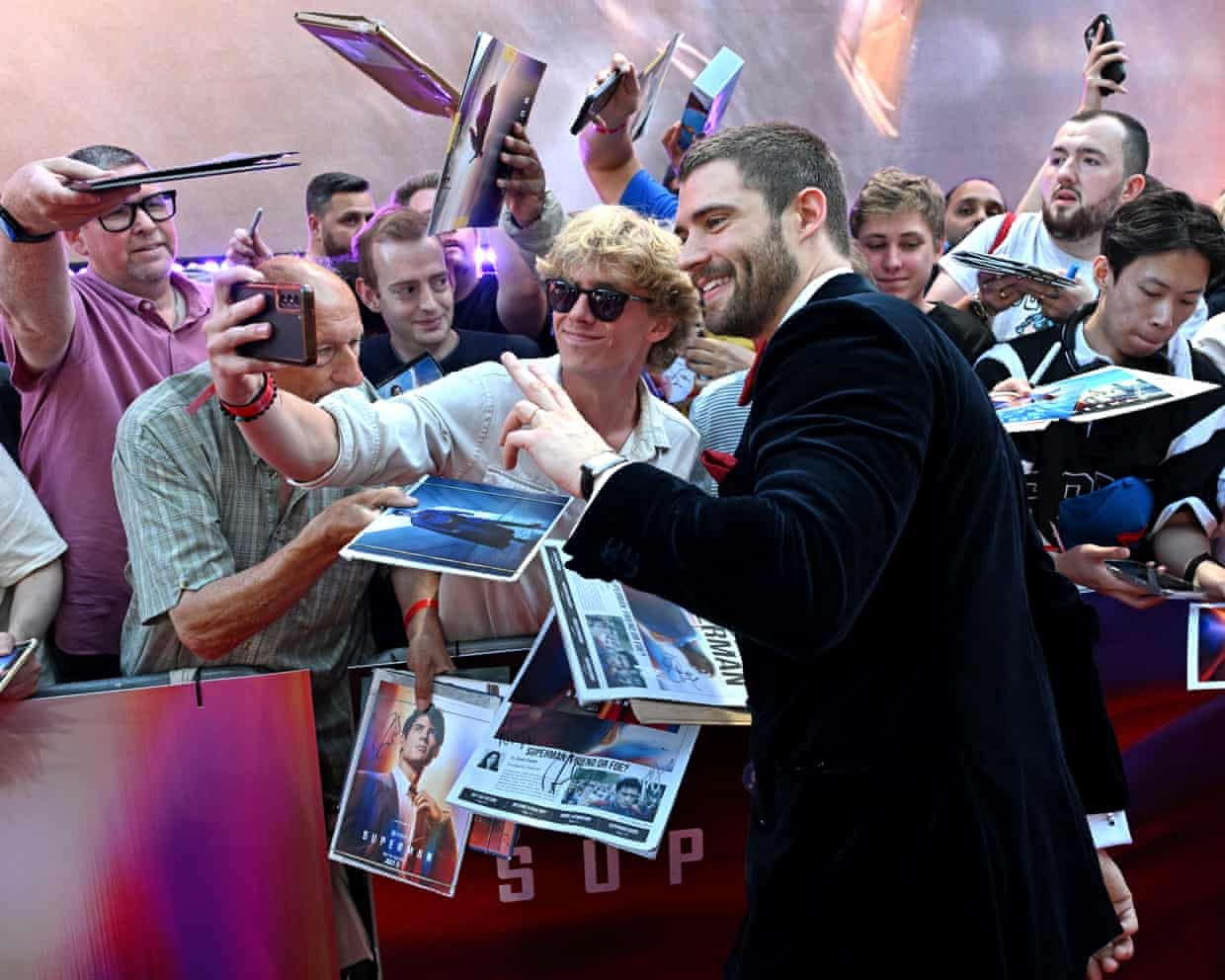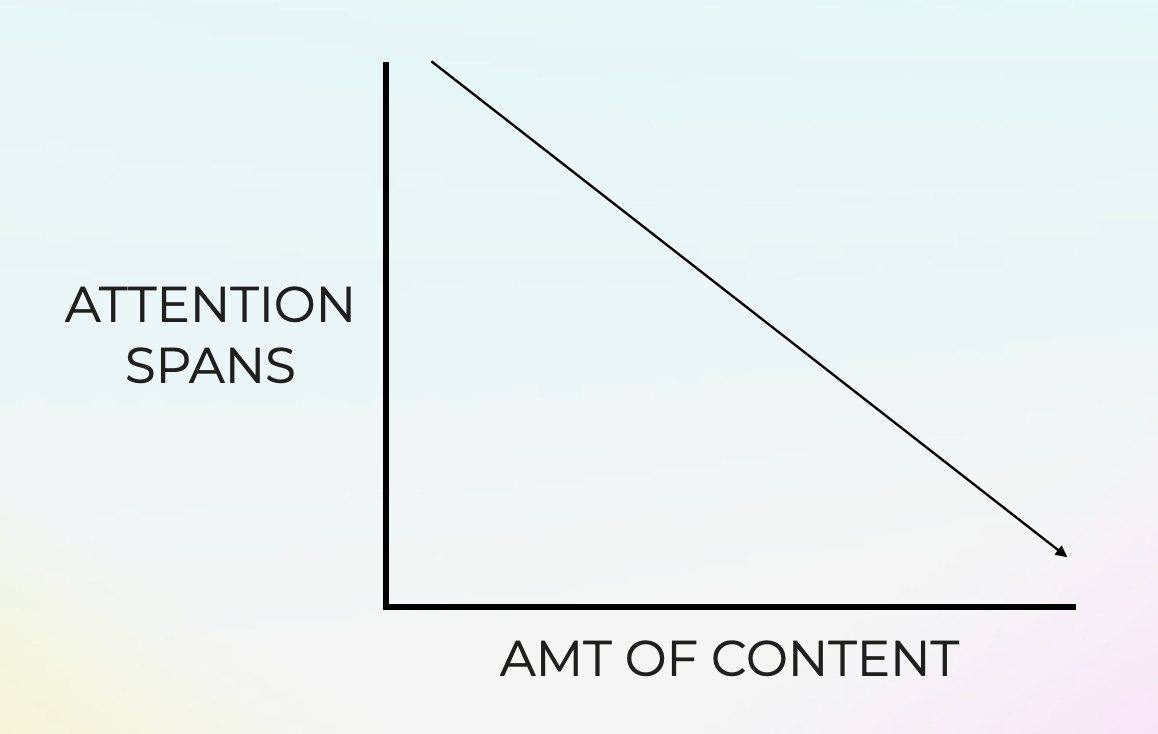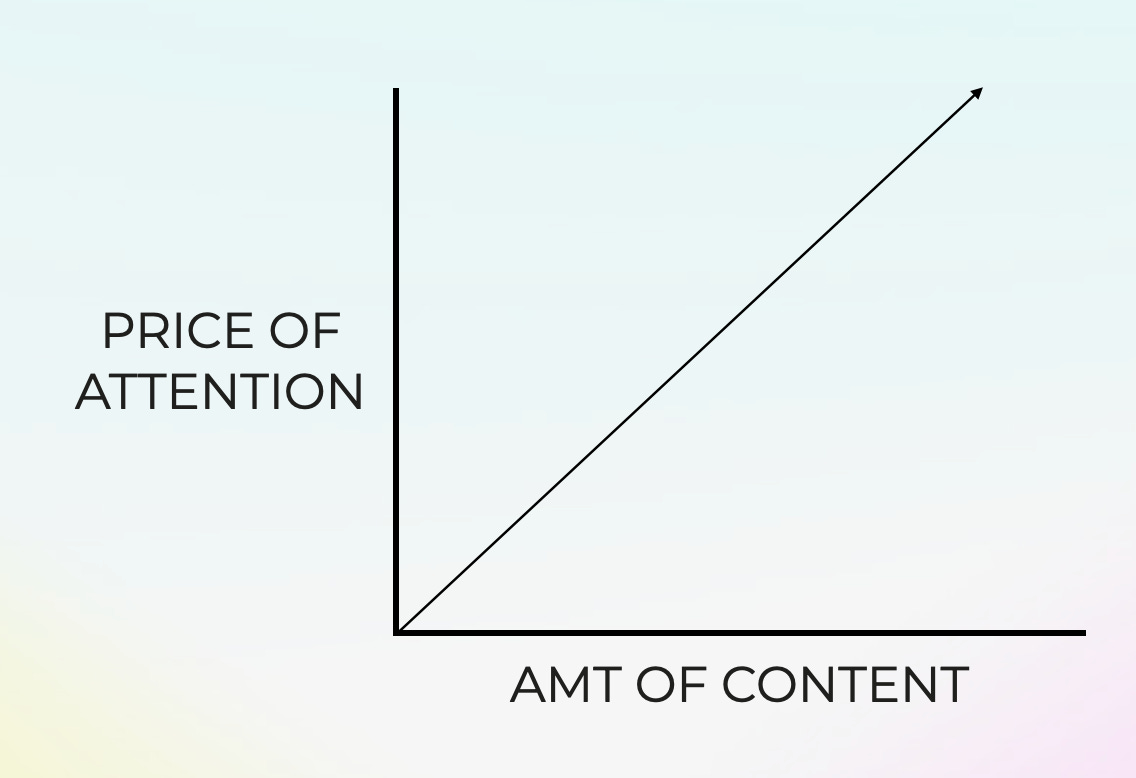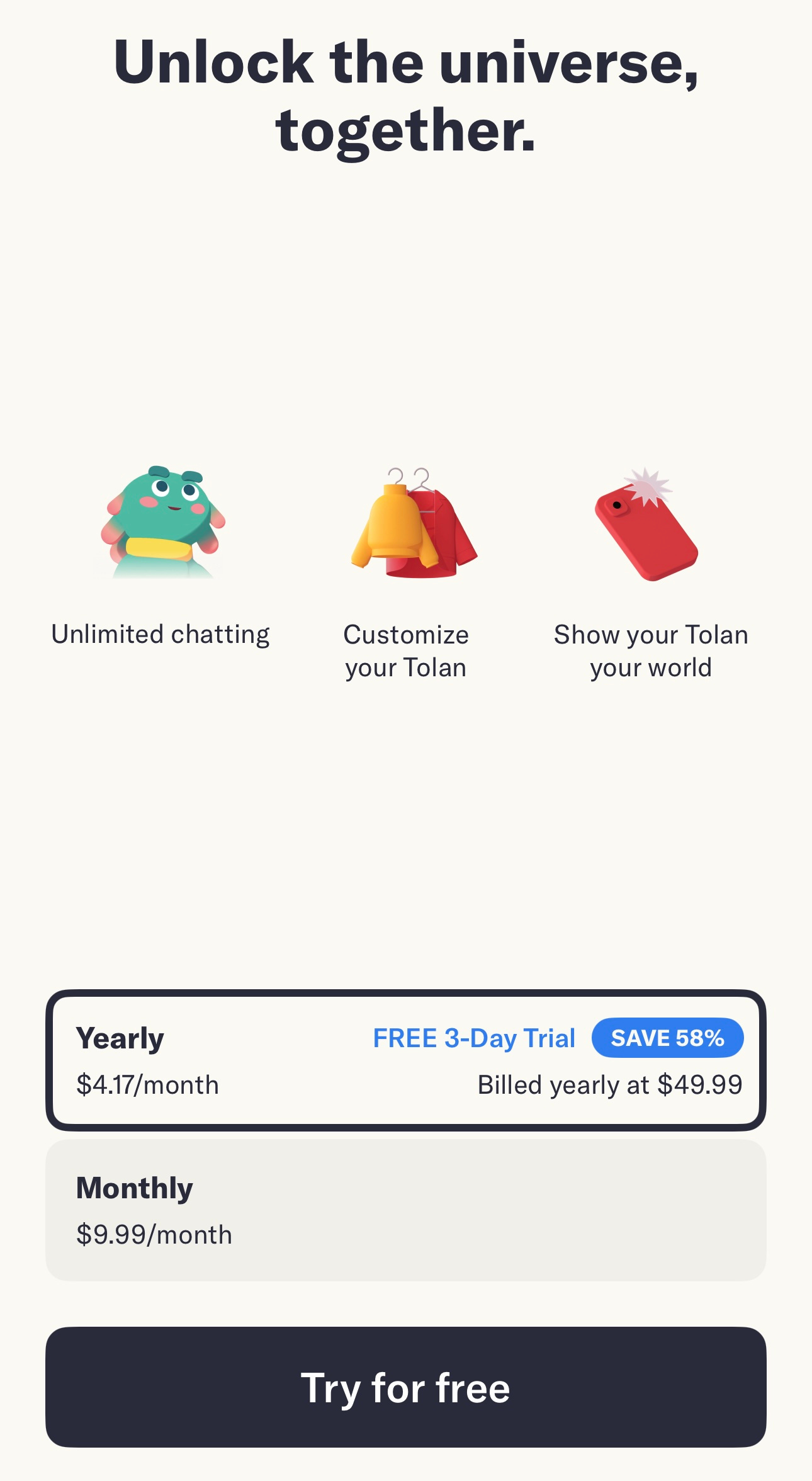Attention Is the Last Scarce Resource
The Coldplay Kiss Cam and New Business Models to Monetize Attention
Weekly writing about how technology and people intersect. By day, I’m building Daybreak to partner with early-stage founders. By night, I’m writing Digital Native about market trends and startup opportunities.
If you haven’t subscribed, join 70,000+ weekly readers by subscribing here:
Attention Is the Last Scarce Resource
We all know about the Coldplay “kiss cam” scandal that rocked the world last week. The internet, of course, had a field day with memes:
But there was an offshoot story that flew under the radar, a story that embodies growth marketing in 2025.
After the Astronomer CEO was caught on camera, his daughter began to post on TikTok. Soon, she had over 100K followers and 15M views. This video alone got 3M+ likes:
The only problem? The CEO of Astronomer doesn’t have a daughter.
Some sleuthing from Roberto Nickson revealed that the CEO only has two sons. Someone had pulled a random woman’s Instagram photos to create a fake persona for a non-existent daughter, then started posting content like crazy.
Why? Well, once the “daughter” had amassed an audience, the person behind the profile began to subtly plug a meditation app. You can see here the link in her profile:
Eventually, the posts themselves began to shill the app. The entire stunt—the fake profile, the fake videos, the fake backstory of Andy Byron’s daughter—was all an effort to get some downloads on a meditation app. Pretty wild.
This captures the state of marketing in 2025: guerrilla marketing. Points for effort, I guess? But also an indication of how low companies will go in their quests for eyeballs and clicks. Of course, this is to be expected: attention is the last scarce resource.
Labor, Land, Capital…and Attention?
Kyla Scanlon, one of my favorite economic theorists, recently wrote about attention and went on Ezra Klein’s podcast (worth a listen). Scanlon argues that we’ve had traditional economic substrates like land, labor, and capital. Now, increasingly, the new foundational input is attention.
This is particularly true online, and we see Silicon Valley put a premium on attention. Scanlon points to Cluely raising a buzzy Series A from Andreessen Horowitz last month. In her words:
The company’s modus operandi is ‘cheat on everything’. Like sure, of course. But a16z didn’t invest based on that! They invested based on Cluely’s attention capture capability! Cluely is good at getting people to pay attention to them and is largely copying the enterprise Jake Paul playbook (stunts, virality, nihilism, and a vibe-first narrative) for B2C AI apps. We’ve already seen “brain-rot marketing” take over culture so it was only a matter of time before it hit the startup world.
A timely example of how challenging the “resource” of attention is to mine and maintain:
The Late Show with Stephen Colbert has been leading in Late Night since the 2016 election. But the show has still lost a third of its audience in that time. When CBS announced last week that it will cancel Colbert—ending a 33-year run of The Late Show, which started with David Letterman in 1993—reports emerged that the show was losing $40M a year (!).
A $40M / year loss is a pretty shocking figure for a leading TV institution. What happened? TikTok ate Late Night.
We’re consuming content in bite-sized videos; young people don’t have the attention spans for 30-minute episodes of TV (and if they do, they’re scrolling their little screens while watching things on their big screens). Gen Z now spends a whopping 108 minutes per day on TikTok—nearly two hours. We can see here the steady march of digital video gobbling up our waking hours:
We added an hour from 2021 to 2025, a +33% increase. Sure, software ate the world—but so has content.
Industries are adapting to our TikTok brains. The Guardian ran this headline last week:
Warner Bros. seemed to run a TikTok-optimized campaign for Superman. Audiences got to know David Corenswet not through long-form interviews (or Late Night!), but through short-form video snippets designed to go viral.
This trend isn’t going anywhere: there’s a direct negative correlation between the amount of content out there and our attention spans.
We’re already swimming in content, and we’re about to get a lot more. AI-generated video is getting very good. Take Google’s Veo 3 model. Here’s an IKEA ad that someone on Twitter made using Veo 3:
Damn. This would cost ~$100K to produce without AI.
Or take Decart, which has developed a model called Mirage that manipulates live video in real time. It’s worth playing around with Mirage on Decart’s site. The product is impressive: you can turn any video, game, or camera feed (think: your Zoom meeting) into a new digital world, in real time.
Here’s a video I exported of me playing with Mirage. You can see my real video in the corner, while the main videos shown are real-time generations as I toggle between styles like “Frozen Wonderland,” “Relaxing Anime,” and “Zombies!!”.
In contrast to most video models that create short clips, Mirage allows continuous streaming for live video. Expect to see this everywhere; Twitch will never be the same.
The point is: the amount of content out there is going to swell even further, which means, per the chart above, shorter attention spans. It also means the price of attention will go up. There’s a positive correlation here:
As the amount of content increases, attention becomes a scarcer and scarcer resource, thus becoming pricier. We’re left with two options. Monetize attention:
More broadly
More deeply
Let’s briefly touch on each.
1) New mediums through which to monetize attention
How do we monetize attention more broadly? There’s only so much time in the day. Thankfully, changes in technology unlock more time. What do we mean by that? Take the example of voice.
One of my favorite blog posts is from Sarah Tavel in May 2020. Sarah wrote about how different forms of content are like rocks, like sand, or like water. Rocks span bigger blocks of time and demand more of your attention—TV, VR, and so on. Sand fills in gaps between those blocks (30 seconds of TikTok, for instance), while water can permeate both sand and rock. Audio is a great example of water.
Sarah made this argument back during the Clubhouse days of the pandemic. I think her framework was spot on, but about five years too early for startups. We have a much better “why now” today.
The thing is, LLMs have made voice really, really good. We’ve all been frustrated with voice assistants over the years: they’re brittle, command-based, and fail to handle nuance. But LLMs like GPT-4o can hold fluid, contextual, even emotive conversations. Voice has exploded for a number of reasons:
We can hold natural, organic conversations—we can interrupt, change topics, ask follow-ups.
Latency is much-improved. As opposed to 3-5 second latency (not acceptable for human-like conversation), latency is down to 200-500ms response speeds on new models.
Costs have dropped an order of magnitude. Voice AI used to be prohibitively expensive at scale, but that’s no longer the case.
New models can express tone, sarcasm, excitement, hesitation. They sound human, not like the monotone or robotic assistants we’d gotten used to.
Memory is improving. Voice agents can remember things about us, which unlocks ongoing, meaningful relationships.
All of this is very exciting. In my portfolio, I’ve mostly seen enterprise adoption of voice AI. But I’m starting to see some good consumer + voice innovations.
Combine improvements in voice with Sarah’s framework, and we arrive back at attention. Voice = water, meaning it can flow around other things we do. This means we can find new time in our days, and new pockets of attention to mine value from.
This is one example of how improvements in technology → greater breadth for attention. Now let’s talk about depth.
2) New business models through which to monetize attention
The other option is to more deeply mine attention. How do we capture more dollars from each moment of attention?
Many early internet and mobile companies monetized through ads. But there are more effective ways to mine attention, popularized by new AI tools. Subscriptions. Freemium. Micro-transactions. People are more and more willing to shell out their hard-earned dollars, because AI unlocks delightful new experiences. Other innovations, like Apple Pay, further reduce frictions to payment.
What’s an example here?
Take Tolan, which we’ve written about before and which just announced a $20M Series A from Khosla. Tolan offers “alien best friends” for companionship, and is reportedly doing over $10M in revenue. In the internet or mobile eras, it would be rare to see a consumer company at that scale for the Series A; we’d be looking at monthly active users or daily engagement. But today, revenue is a key metric in consumer, just as it is in enterprise.
I recommend going through the onboarding flow for the Tolan app. You’ll notice something interesting: the entire onboarding flow is voice AI. You’re prompted by an AI to answer questions about yourself, and you have an entire conversation with that AI to inform the Tolan created for you. This ties back to the earlier point, around voice unlocking more surface area for attention. (I went through the flow while doing chores.)
After the voice-led onboarding, you’ll arrive at a hard paywall:
Hard paywalls are back! As more content and more apps drive more competitive for attention, we’re seeing a shift to ways to more effectively mine value from that increasingly finite resource.
Attention is the last scarce resource. As it grows scarcer and scarcer, people will fight harder to extract more value—by finding broader ways to capture attention, or by finding deeper ways to monetize it.
Let’s end with Midjourney cover art for this piece, built from this prompt:
Show the board for the game Settlers of Catan, with the main resources: brick, grain, lumber, ore. But add one more resource: eyeballs.
See you next week!
Sources & Additional Reading
Thanks for reading! Subscribe here to receive Digital Native in your inbox each week:



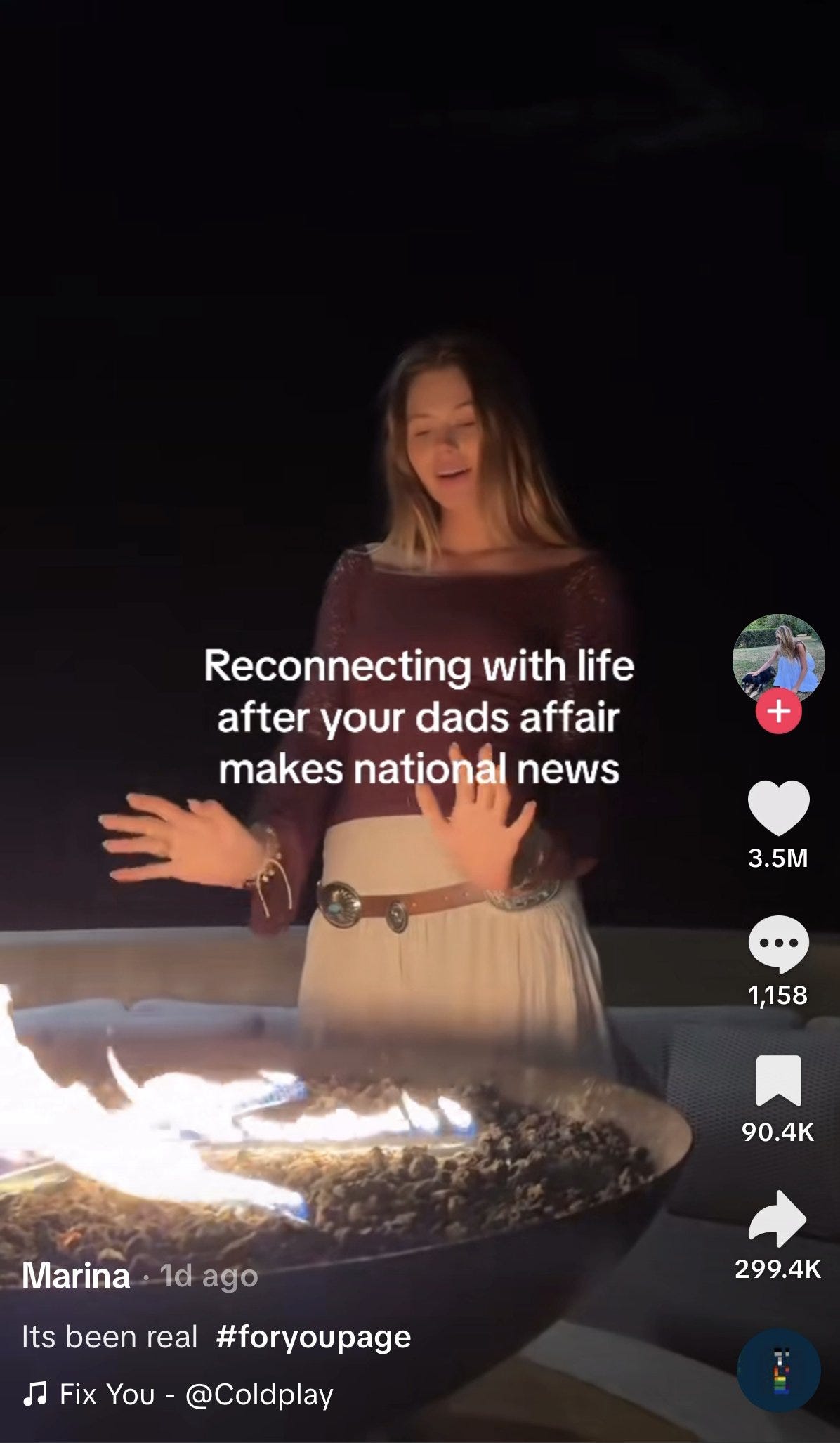
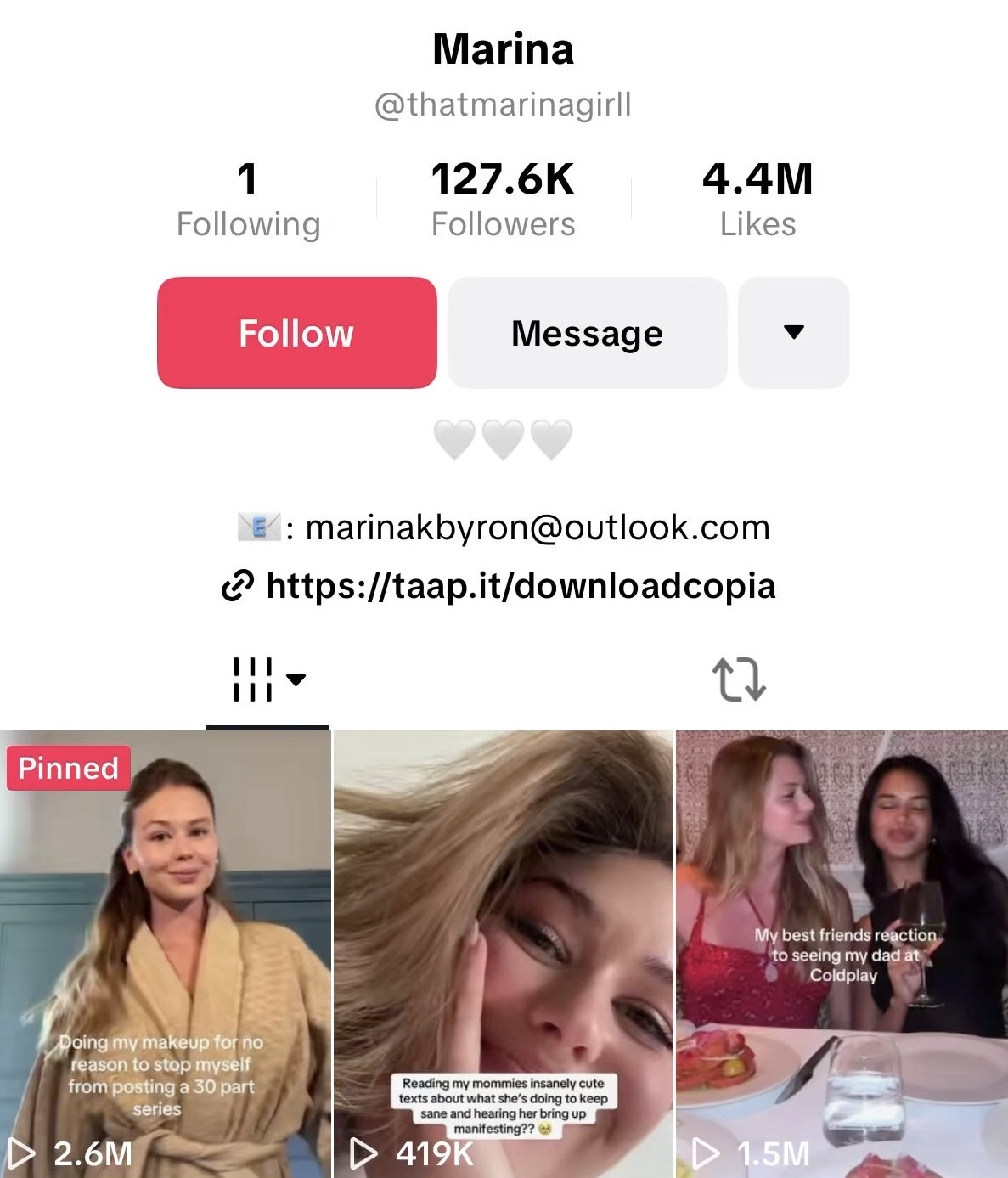
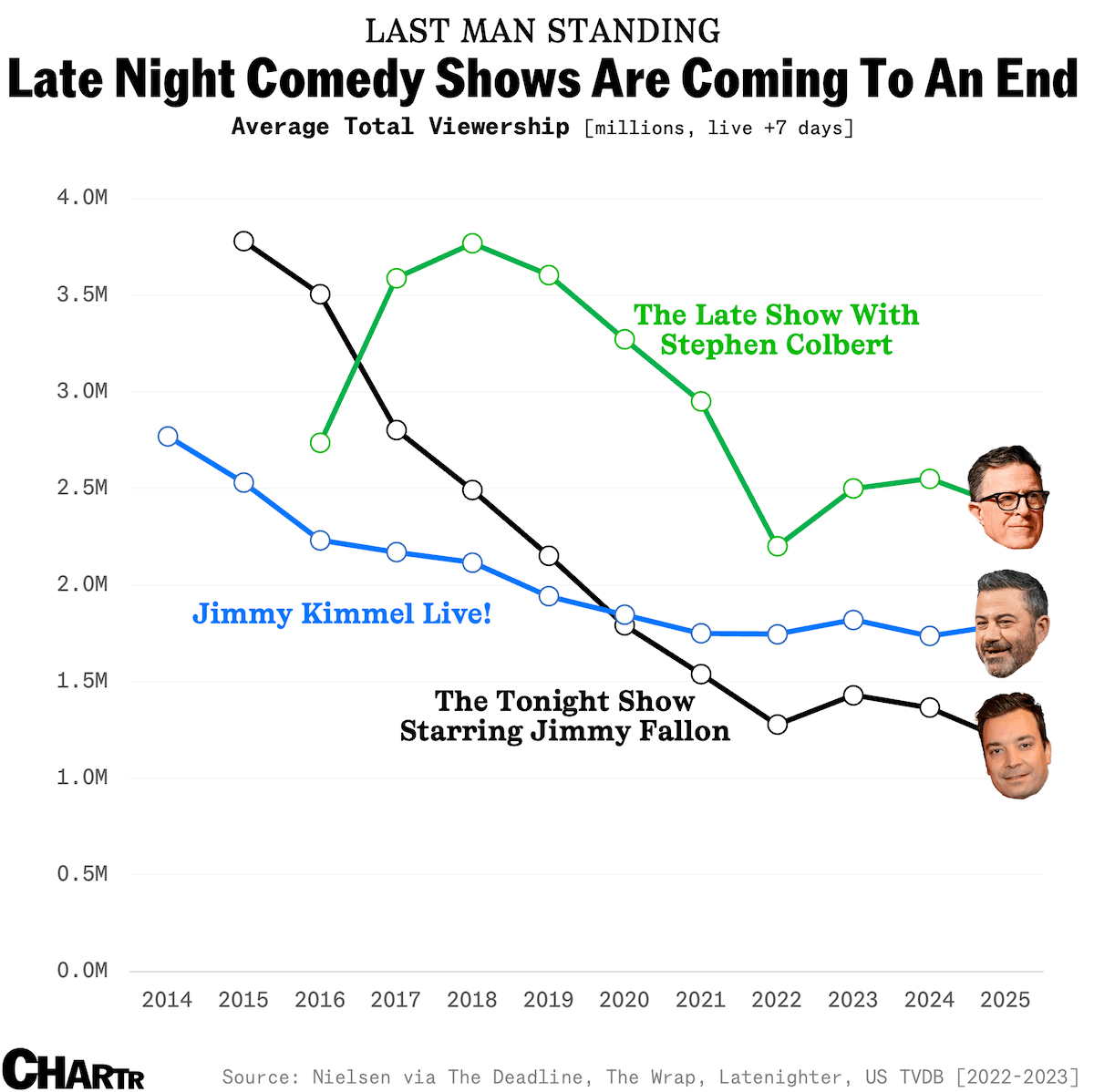
![US Media Consumption (2021–2025) [Nov 2024 Update] | Oberlo US Media Consumption (2021–2025) [Nov 2024 Update] | Oberlo](https://substackcdn.com/image/fetch/$s_!kOc_!,w_1456,c_limit,f_auto,q_auto:good,fl_progressive:steep/https%3A%2F%2Fsubstack-post-media.s3.amazonaws.com%2Fpublic%2Fimages%2F52aee0ed-c3db-44f8-a06e-09988f7b3105_1760x900.png)

